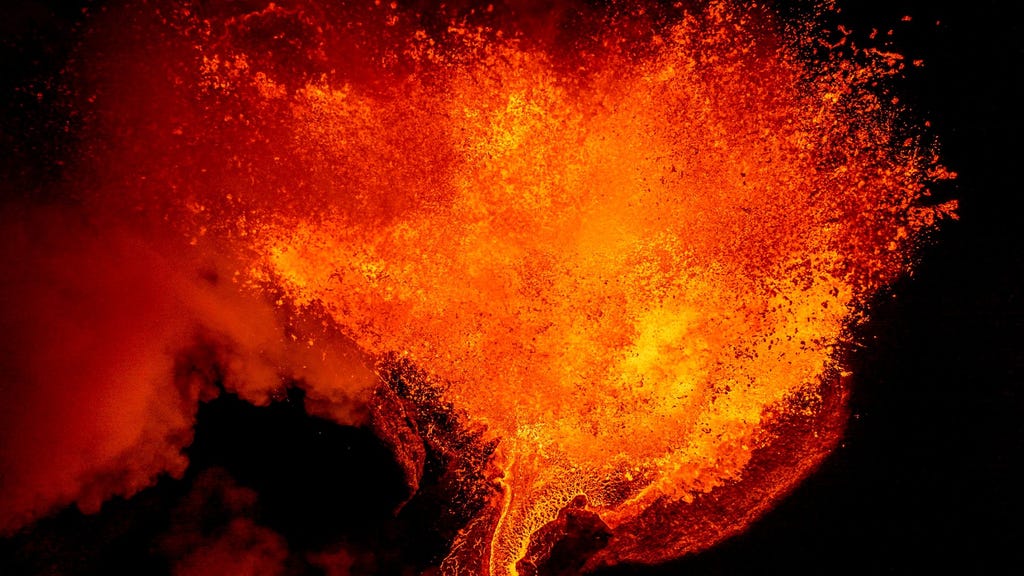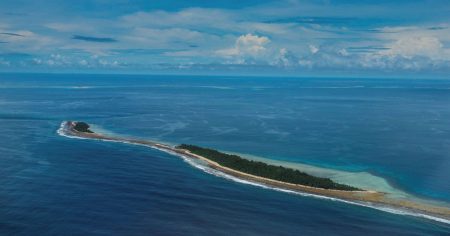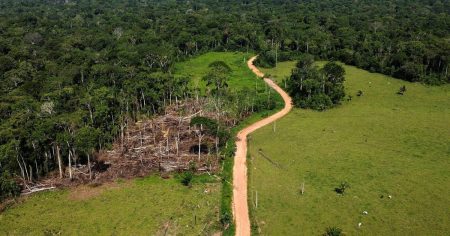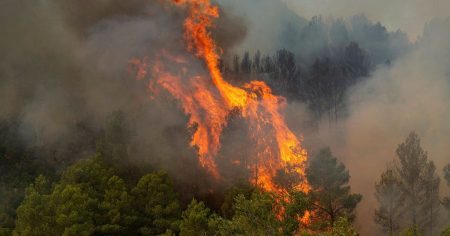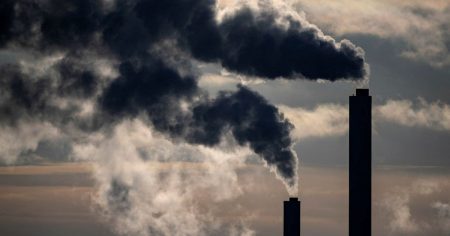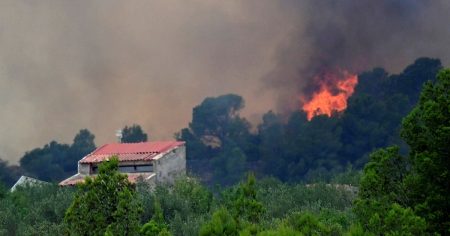The year 1831 witnessed a volcanic eruption of such immense power that it significantly impacted the global climate, causing a drop of one degree Celsius in the Northern Hemisphere’s temperature. This eruption, occurring during the latter part of the Little Ice Age (a period of global cooling spanning from the 1400s to the mid-1800s), exacerbated the already prevailing cold conditions. The eruption’s aftermath brought about widespread famine, affecting millions across India, Japan, and Europe. This devastating impact underscores the profound influence volcanic eruptions can have on global climate patterns and, consequently, human societies. The chilling effect of the eruption likely disrupted agricultural cycles, leading to crop failures and widespread starvation.
Volcanic eruptions, particularly large-scale ones, have a documented history of influencing the Earth’s climate. The mechanism behind this influence lies in the expulsion of vast quantities of particulate matter, including ash and sulfur dioxide, into the upper atmosphere. These airborne particles, dispersed globally by atmospheric currents, act as reflective barriers, preventing a portion of incoming solar radiation from reaching the Earth’s surface. This reduction in solar radiation leads to a cooling effect, sometimes referred to as a ”volcanic winter.” The 1831 eruption followed this pattern, injecting significant amounts of these particles into the atmosphere, leading to the observed temperature drop.
Until recently, the precise location of this impactful 1831 eruption remained a mystery. However, a recent scientific investigation, utilizing ice core samples from Greenland, has shed light on this historical enigma. These ice cores, acting as frozen time capsules, contain trapped air bubbles from past eras. By analyzing the chemical composition of these trapped bubbles, scientists can glean valuable information about past atmospheric conditions. In this case, researchers examined sulfur isotopes, ash particles, and minute shards of volcanic glass found within the ice cores dating back to the 1830s.
The analysis of the Greenland ice cores revealed elevated levels of sulfur, significantly higher than those found in comparable Antarctic ice cores. This disparity strongly suggested that the eruption originated in the Northern Hemisphere. Subsequent analysis pinpointed the source to Zavarskyj volcano, located on Simushir Island in the Kuril Islands, a contested territory between Japan and Russia. This discovery highlights the power of ice core analysis in reconstructing past environmental events and identifying the sources of major volcanic eruptions.
The breakthrough in identifying Zavarskyj came when researchers compared the chemical signature of the Greenland ice core samples with samples taken directly from the volcano on Simushir Island. The remarkable match provided compelling evidence linking Zavarskyj to the 1831 eruption. Furthermore, the analysis confined the eruption timeline to a period between 1700 and 1900, further solidifying Zavarskyj’s status as the prime suspect for the 1831 event.
This research, published in the Proceedings of the National Academy of Sciences, provides a crucial piece of the puzzle in understanding the climatic and societal impacts of the 1831 eruption. By pinpointing the source of the eruption, scientists can better model past climate fluctuations and refine their understanding of the complex interplay between volcanic activity and global climate change. This knowledge is invaluable in predicting the potential consequences of future eruptions and developing strategies for mitigating their impact on human populations. The study underscores the importance of continued research in this field to better prepare for and address the challenges posed by volcanic events.





